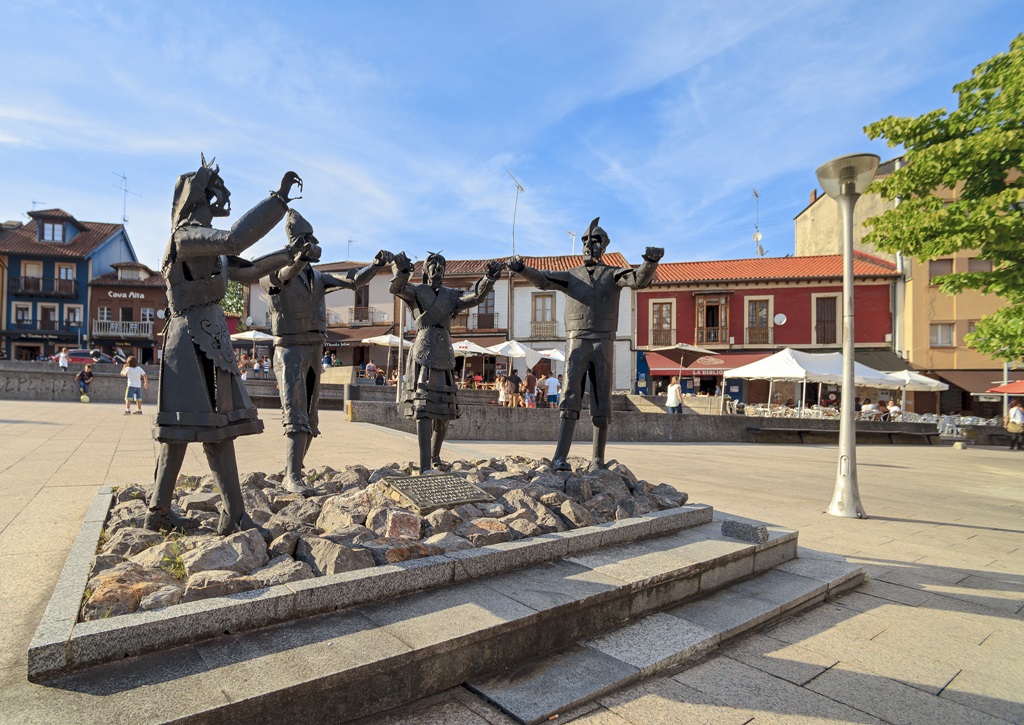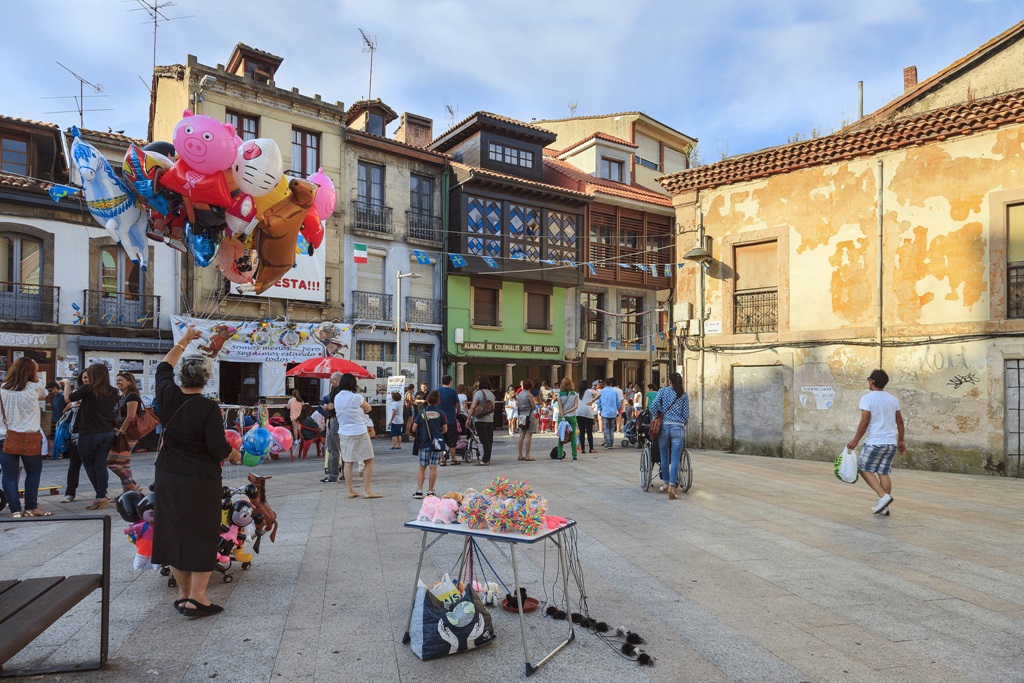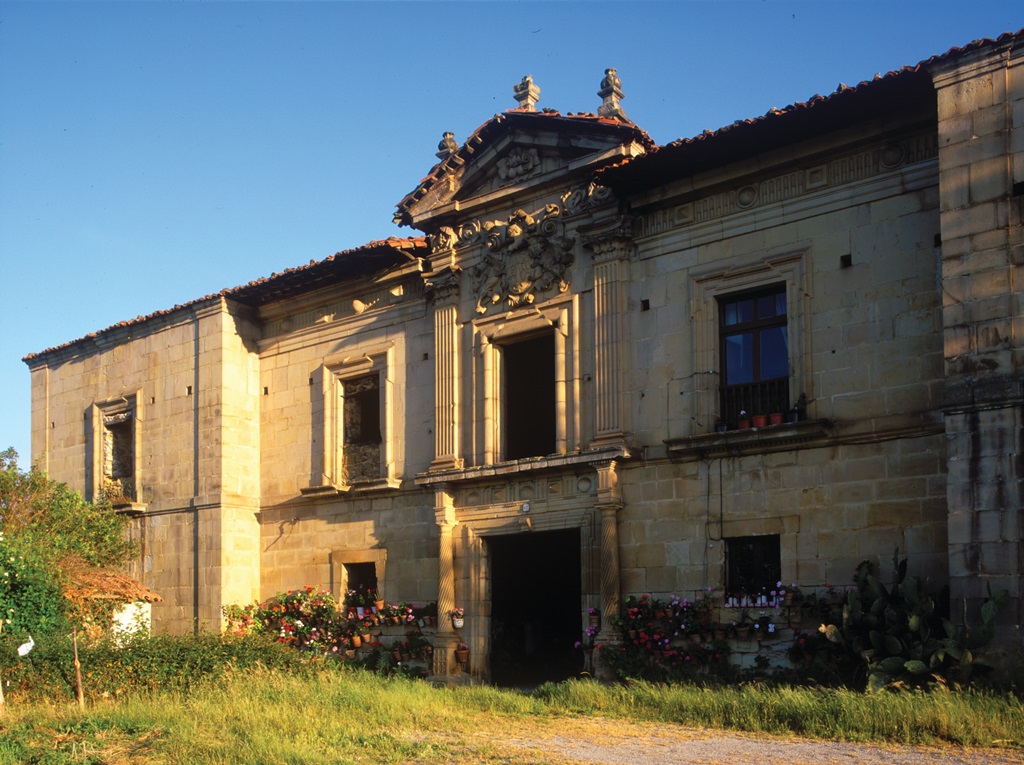The council and area of Siero is a part of the Nora Region which is made up by the towns of Posada de Llanera, Noreña and Siero and is situated on the banks of the River Nora.
Siero is very important for business due to it strategic location between the three main cities in Asturias, Oviedo, Gijon and Aviles and less than 45 minutes from the airport. It is one of the most important manufacturing, storage and distribution areas for the Principado de Asturias hence the high concentration of large industry in the area.
It is a busy and lively area full of services companies and businesses but is also full of monuments, open spaces, good food and parties.
The council of Siero has a very long and rich history going back to the prehistoric ages and has been well populated since the Iron Age right up to the day.
Siero still preserves some prehistoric sites and burial mounds like the Alto de la Maya (Espinera) or “Cantu Negro” (Bobes). Also, you can find forts in different parishes like Tiñana, Lugones, Marcenado or La Collada.
The Roman colonization can be still seen by way of old roads and Bridges in the villages of Colloto, Bergueres, Lugones and Pola de Siero. You can also find other fine examples of cultural interest such the area of Aramil with a rural Palace and the Romanic Church of San Esteban de los Caballeros. It is also worth visiting the medieval church of San Martin de Arguelles, Santa María in Tiñana, San Felix in Hevia, the Renaissance Palace of Celles, the Palace of Vigil and the Arguelles Estate among others.
The town of Pola de Siero, also known as “La Pola” is quite a bustling place with a vibrant market that takes place every Tuesday. It has also the biggest Cattle Market in Asturias with capacity for up to 4,500 calves and 1,200 cattle.
Siero is a section of the Route of Santiago arriving from the «Northern Route« towards Oviedo where the «Primitive Route« starts. This section tends to be a much appreciated rest bite for pilgrims after battling the elements through the hard and rigorous mountains of Asturias. The section of la Pola is easier going terrain.
Pola de Siero offers many other walking routes such as The Route of Rural Palaces, the Toceo Trail, The Valdesoto trail (east and west stretch), The Camin of Careses, Les Casuques and Vega de Poja.
The local food of this area is a traditional Asturian fare, with stews, Asturian reared beef, chicken dishes, and fresh fish from the sea and rivers. The true gastronomic toast of the area is their pork production and especially the rearing of the local breed called “Gochu celta” or Celtic Pig. The meat of this pig produces excellent organic cured meats, fresh meat and offal.
The area offers plenty of very good restaurants because of the proximity to the highly populated business and industrial areas.
In the town of Pola de Siero celebrates the very popular party of the Painted Eggs over Easter which is considered to be of Interest for national and international tourists.
More info: Siero Tourist Office
If you want more information contact Where is Asturias at info@whereisasturias.com
Images supplied by Tomás Fano, Ayto de Pola de Siero, Comarca del Nora and Turismo Asturias: Marcelo Suárez, Arnaud Spani.









